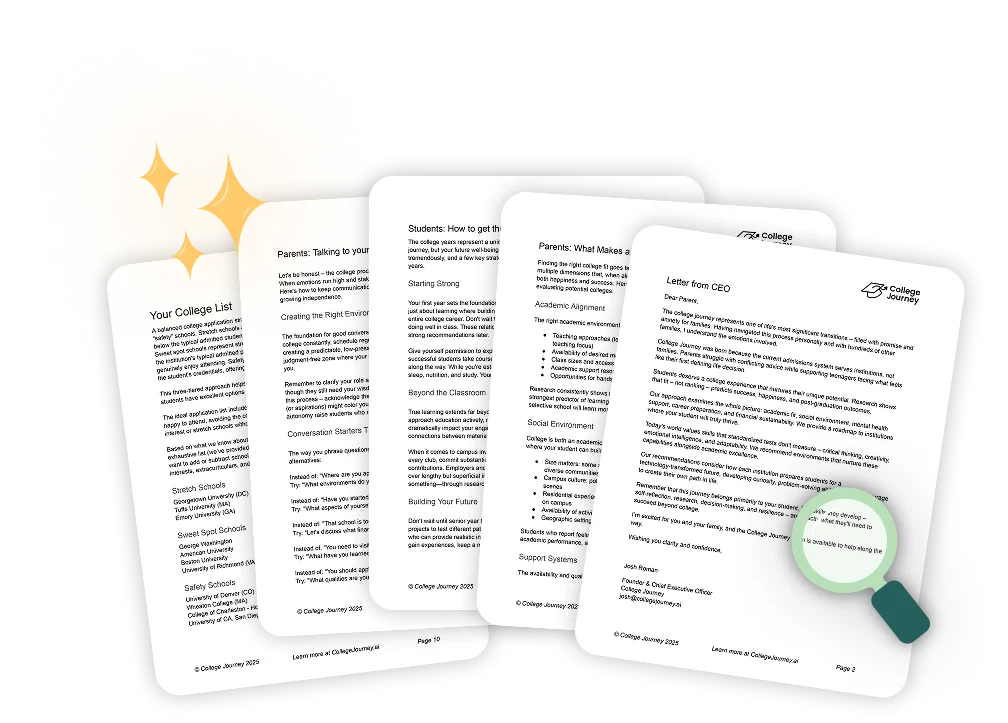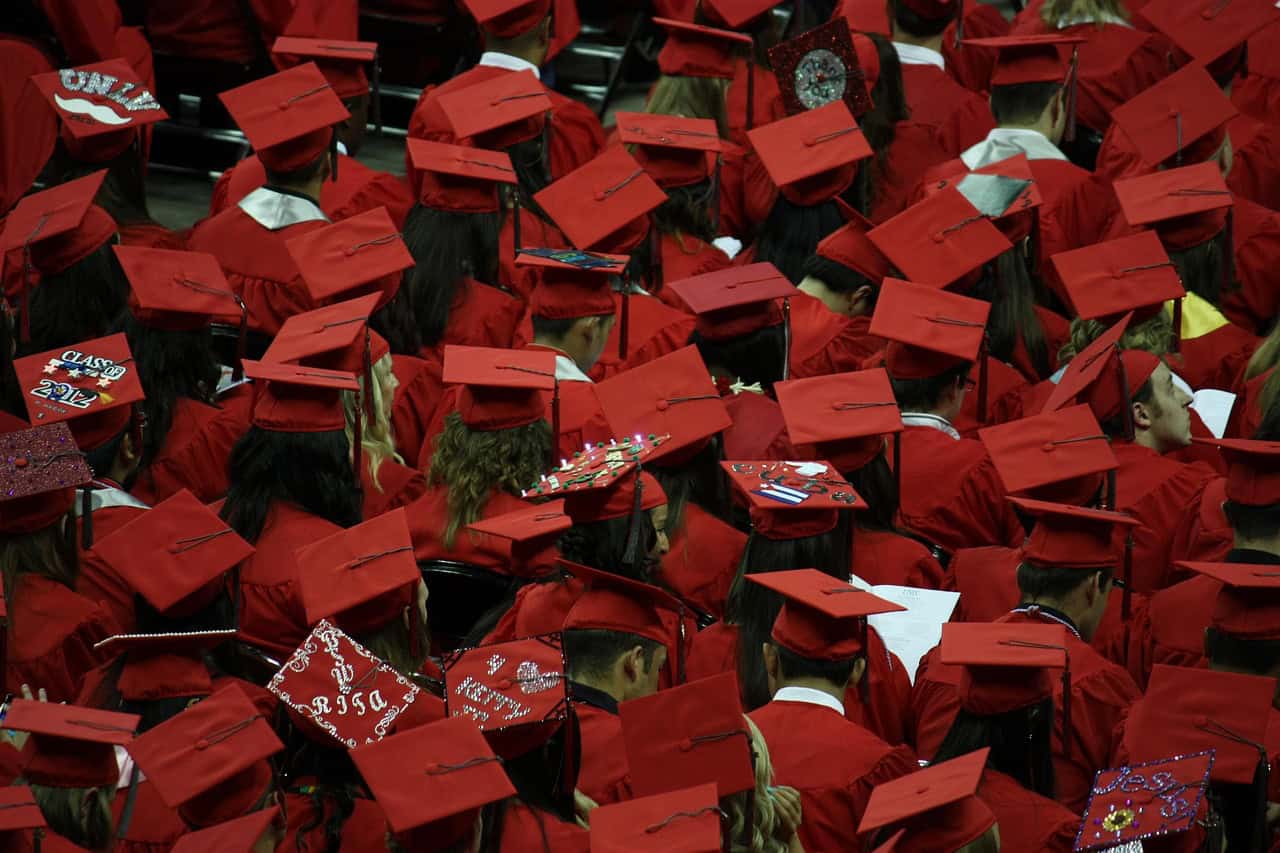Education plays a huge role in shaping the future, but right now, it’s facing some big challenges. There are gaps in access to resources, and many students feel the pressure of standardized testing. These issues affect not just students but entire communities, limiting opportunities for many.
In this article, we’ll look at the three biggest problems in education today. You’ll see how these issues impact students, teachers, and communities.
Prefer to listen? Try our short audio overview:
Key Takeaways
- Unequal access to education limits opportunities for many students.
- Rising tuition costs create financial barriers to higher education.
- Mental health struggles are on the rise among students.
- Increased funding is needed for underfunded schools.
- Financial planning is crucial for managing college costs.
- These issues are connected and require combined solutions.
Main Challenges Facing Education System
Education plays a crucial role in shaping the future, but several essential challenges need attention. These issues affect students, schools, and communities in different ways. Let’s take a quick look at the main challenges facing education today.
- Unequal Access to Quality Education
Not all students have the same access to quality education. Some schools have more resources, while others face overcrowding and outdated materials. This gap creates significant barriers for students, especially in underserved communities.
- The Rising Cost of Higher Education
The cost of college continues to rise, making it harder for many students to afford higher education. The average tuition, fees, and living costs have now reached $55,000 annually, putting a financial strain on families.
- Mental Health Struggles Among Students
Many students today are struggling with mental health issues, including stress, anxiety, and depression. These challenges affect their ability to focus, learn, and succeed in school.
Challenge 1: Unequal Access to Quality Education in the U.S.
Not all students have the same opportunities. Some attend schools with plenty of resources, while others struggle with overcrowded classrooms and outdated materials. This gap in resources creates a major difference in the education students receive and can limit their chances of success.
How Socioeconomic Status Affects Access to Education
Families in wealthier areas can send their children to K-12 schools with more experienced teachers, better facilities, and access to advanced courses. However, for students from low-income families, the situation is often different.
Only 30% of students in high-poverty schools have access to advanced coursework, compared to 60% in low-poverty schools. This gap puts many students at a disadvantage.
Why Some Schools Have More Resources Than Others
The difference in resources between schools often comes down to funding. Local property taxes fund many schools. In wealthy areas with higher property values, schools have more money to spend on teachers, technology, and programs.
Schools don’t have this same financial support in poorer areas, making it harder to provide essential resources. This leads to a significant difference in the quality of education from one school to another, even within the same city or state.
Role of Policies in Improving Access
Policies can help improve access to quality education. For example, state and federal funding can be directed toward underfunded schools. This ensures that all students have the tools they need to succeed.
Programs like Title I, which gives extra funding to schools serving low-income students, are steps in the right direction. However, there’s still much more to be done. Stronger policies are needed to make sure that every student, no matter their background, has the opportunity to succeed.
Challenge 2: The Rising Cost of Colleges and Universities
Overwhelmed by college research?
Let us help save time and find the perfect schools for your family.
The cost of going to college has risen sharply in recent years. Tuition fees and other expenses like room and board are becoming more difficult for many families to manage. As a result, many students are graduating with large amounts of debt. This financial burden is making it harder for students to access higher education and limiting their opportunities in the future.
What’s Behind Rising Tuition Fees?
There are several reasons why tuition fees keep going up. One major reason is the increasing cost of running colleges and universities. Higher salaries for staff and more spending on facilities and technology are driving up prices. The average cost of tuition and fees at a four-year public college increased by 36.7% from 2010 to 2023.
Another factor is that many states have cut funding for public colleges, forcing schools to raise tuition to make up for the shortfall. The debt families gain is one of the biggest disadvantages of going to college.
Long-Term Impact of Student Debt
Student debt is becoming a growing problem for many graduates. As tuition costs rise, students are borrowing more to cover their expenses. In 2023, total student loan debt in the U.S. reached over $1.7 trillion.
This debt can have serious long-term effects. Many graduates find it harder to buy a home, start a family, or save for retirement because of the weight of their loans. Some even feel forced to take higher-paying jobs to keep up with student loan payments.
How Families Can Plan for College Expenses
Planning is key to managing the rising cost of college. One of the best ways to prepare is to start saving early. Programs like 529 savings plans can help families save money for college in a tax-free account.
Financial aid is another option. Be sure to research scholarships, grants, and work-study programs that can help cover some of the costs. It’s also worth considering more affordable options, like community colleges or in-state public universities, which usually have lower tuition rates.
As a parent, you can also read our quick guide to the college admissions process for parents and understand how and when you can prepare for the college expenses.
Challenge 3: Mental Health Struggles Among Students
Mental health problems are becoming more common among students. Issues like stress, anxiety, and depression are affecting many young people. These struggles can interfere with their ability to learn, interact with others, and feel well overall.
Rise of Anxiety and Stress Among Students
Many students feel pressure to do well in school, keep up with activities, and meet the expectations of parents and teachers. Around 34.6% of teens felt “overwhelmed by all they had to do” in the past month. This constant pressure can lead to mental health issues, affecting both emotional and physical health. When stress becomes too much, it can make it hard to focus and do well in school.
How Social Media Is Affecting Student Mental Health
While social media helps students stay connected, it can also cause stress and anxiety. Comparing themselves to others online and trying to maintain a perfect image can lead to feelings of not being good enough.
Studies show that students who spend more than 3 hours on social media report higher levels of anxiety and depression. For many, the pressure of needing validation online or the fear of missing out (FOMO) can be emotionally draining.
Why Schools Need Better Mental Health Support
Schools must do more to support student mental health. Many schools do not have enough resources to meet students’ mental health needs. CDC found that 1 in 5 students has a mental health disorder, but only 20% of them get the help they need.
Schools must offer better access to counseling services, mental health education, and resources to help students cope. Schools can improve learning and personal growth by focusing on mental health.
How These Challenges Impact College Admissions
The challenges in education also directly impact the college admissions process. These challenges can influence everything from grades and test scores to extracurricular activities and overall well-being.
Unequal Access to Resources
When students don’t have access to quality education, their chances in the college admissions process can be limited. Students in underfunded schools may not have access to advanced coursework or college prep programs, which puts them at a disadvantage compared to their peers. This can affect college applications, as admissions officers often look for vital academic records and challenging coursework.
Rising Costs and Financial Barriers
With tuition fees increasing yearly, many students and their families struggle to cover them. This financial strain can affect students’ ability to attend college or limit the schools they can apply to. Many students choose not to attend college due to the high cost, while others attend less expensive schools that may not offer the same opportunities.
Mental Health Struggles and Admissions
Students facing high levels of stress or anxiety may find it challenging to focus on their studies or meet deadlines. This can result in lower grades or missed deadlines for college applications.
Colleges are becoming more aware of the impact of mental health on students, and some have started to offer more flexible admissions processes, such as allowing for later application deadlines or offering mental health support during the transition to college.
Conclusion
The challenges in education today are big, but they can be solved. Issues like unequal access to quality education, the rising cost of college, and mental health struggles among students affect everyone—students, families, and schools. While these problems are serious, understanding them is the first step to improving.
About College Journey
Navigating the challenges of education can be overwhelming—especially when it comes to the college application process. But College Journey is here to help. With Alice, your AI-powered college counselor, you can simplify the complex steps of preparing for college. Whether you’re trying to understand how your GPA, test scores, extracurriculars, and essays impact your chances of admission or need tips on standing out from the crowd, Alice provides clear and actionable advice.
College Journey goes beyond just offering guidance. It gives you personalized recommendations, helps you compare schools, and provides tools to track your progress so you can stay on top of deadlines and tasks. With College Journey, the stress of college prep becomes manageable. And the best part? Signing up is completely free, making it an accessible resource for every student.
FAQ
How does unequal access to education affect my college chances?
Limited resources in some schools can mean fewer advanced courses or extracurricular opportunities, which may impact your application.
What can I do about the rising cost of college?
Look for scholarships and financial aid, and consider more affordable options like community colleges or in-state schools.
How can I manage stress during the college application process?
Prioritize self-care, break tasks into smaller steps, and seek support from family, counselors, or mental health services.
Can mental health struggles affect my application?
Yes, but many colleges offer support. You can address mental health challenges in your application or personal statement.
How does socioeconomic status impact my college application?
Colleges recognize different challenges and offer financial aid. Be sure to apply for scholarships and highlight any obstacles you’ve overcome.




